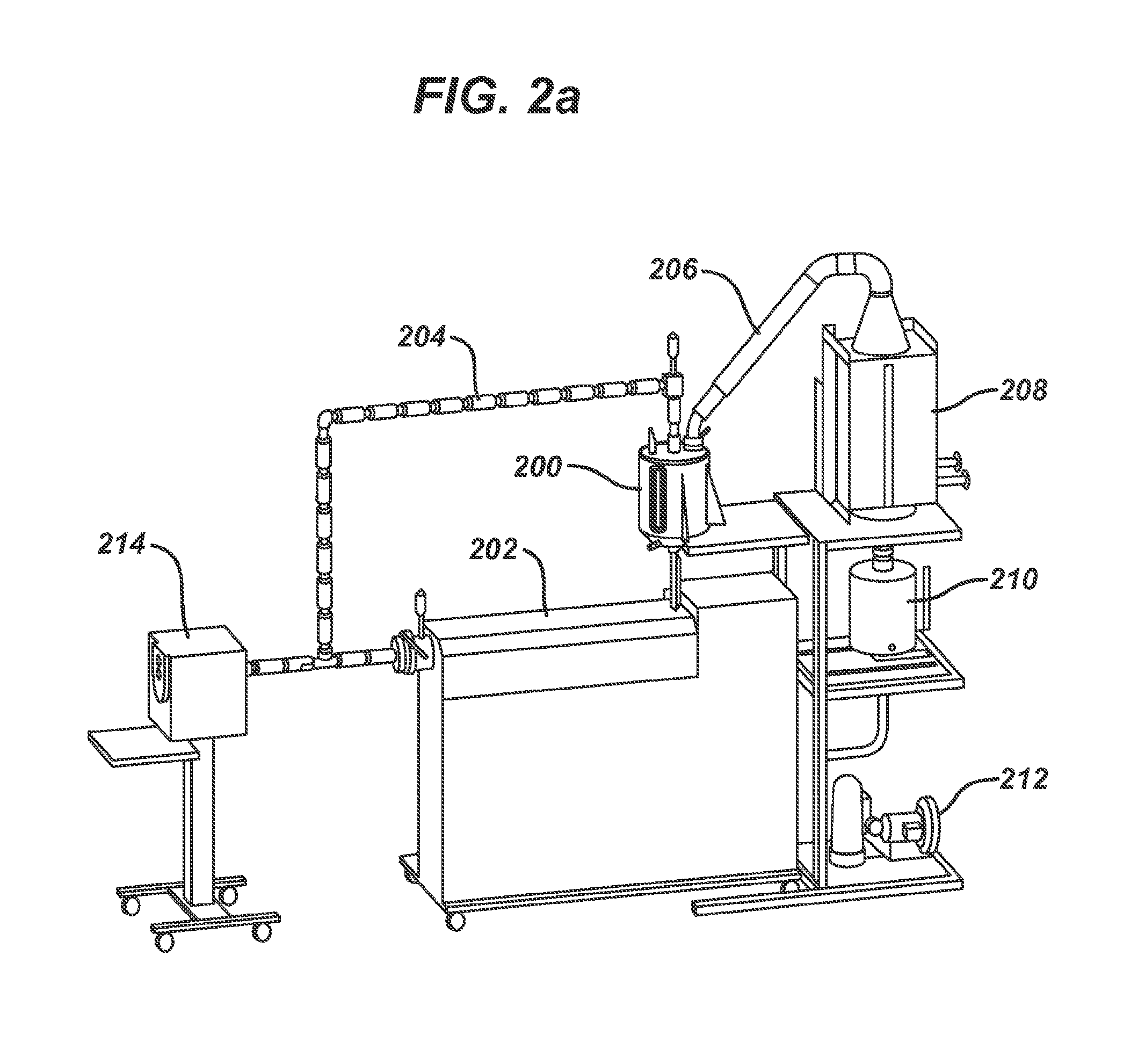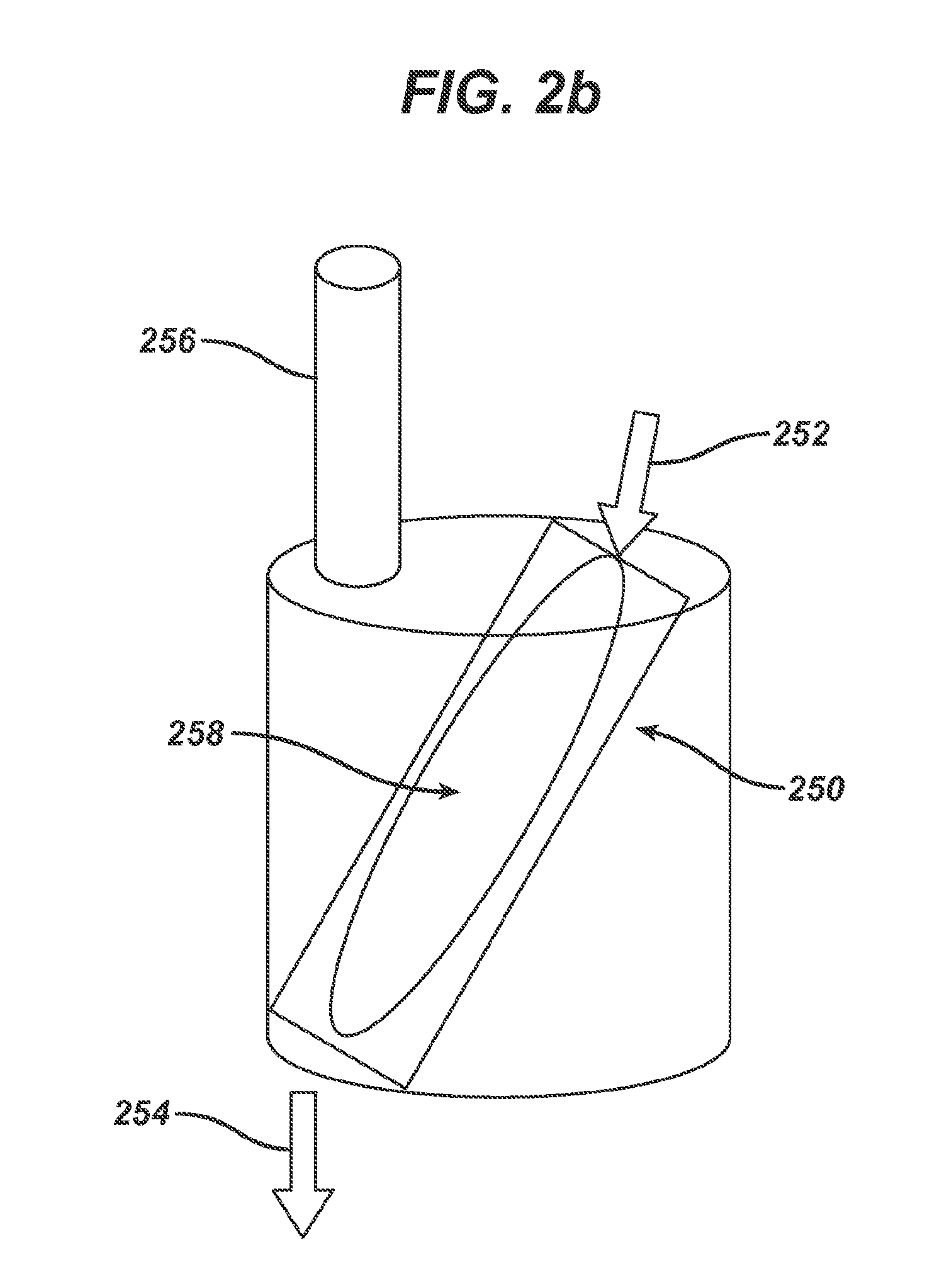Processing hydroxy-carboxylic acids to polymers
a technology of hydroxycarboxylic acids and polymers, which is applied in the field of processing hydroxycarboxylic acids to polymers, can solve the problems of low yield of cellulosic materials (relative to theoretical yields) when contacted, and the compact matrix is difficult to access by enzymes and other chemical, biochemical and/or biological processes, and achieves sufficient acidic/basic properties.
- Summary
- Abstract
- Description
- Claims
- Application Information
AI Technical Summary
Benefits of technology
Problems solved by technology
Method used
Image
Examples
examples
[0332]L-Lactic Acid Production from Saccharified Corncob in Lactobacillus Species.
Material and Methods
Lactic Acid Producing Strains Tested:
[0333]The Lactic acid producing stains that were tested are listed in Table 2
TABLE 2Lactic acid producing strains testedNRRL B-441Lactobacillus caseiNRRL B-445Lactobacillus rhamnosusNRRL B-763Lactobacillus delbrueckii subspecies delbrueckiiATCC 8014Lactobacillus plantarumATCC 9649Lactobacillus delbrueckii subspecies delbrueckiiB-4525Lactobacillus delbrueckii subspecies lactisB-4390Lactobacillus corniformis subspecies torquensB-227Lactobacillus pentosusB-4527Lactobacillus brevisATCC 25745Pediococcus pentosaceusNRRL 395Rhizopus oryzaeCBS 112.07Rhizopus oryzaeCBS 127.08Rhizopus oryzaeCBS 396.95Rhizopus oryzae
Seed Culture
[0334]Cells from a frozen (−80° C.) cell bank were cultivated in propagation medium (BD Difco™ Lactobacilli MRS Broth) at 37° C., with 150 rpm stiffing for 20 hours. This seed culture was transferred to a 1.2 L (or optionally a 20 L)...
PUM
| Property | Measurement | Unit |
|---|---|---|
| temperature | aaaaa | aaaaa |
| pressure | aaaaa | aaaaa |
| pressure | aaaaa | aaaaa |
Abstract
Description
Claims
Application Information
 Login to View More
Login to View More - R&D
- Intellectual Property
- Life Sciences
- Materials
- Tech Scout
- Unparalleled Data Quality
- Higher Quality Content
- 60% Fewer Hallucinations
Browse by: Latest US Patents, China's latest patents, Technical Efficacy Thesaurus, Application Domain, Technology Topic, Popular Technical Reports.
© 2025 PatSnap. All rights reserved.Legal|Privacy policy|Modern Slavery Act Transparency Statement|Sitemap|About US| Contact US: help@patsnap.com



